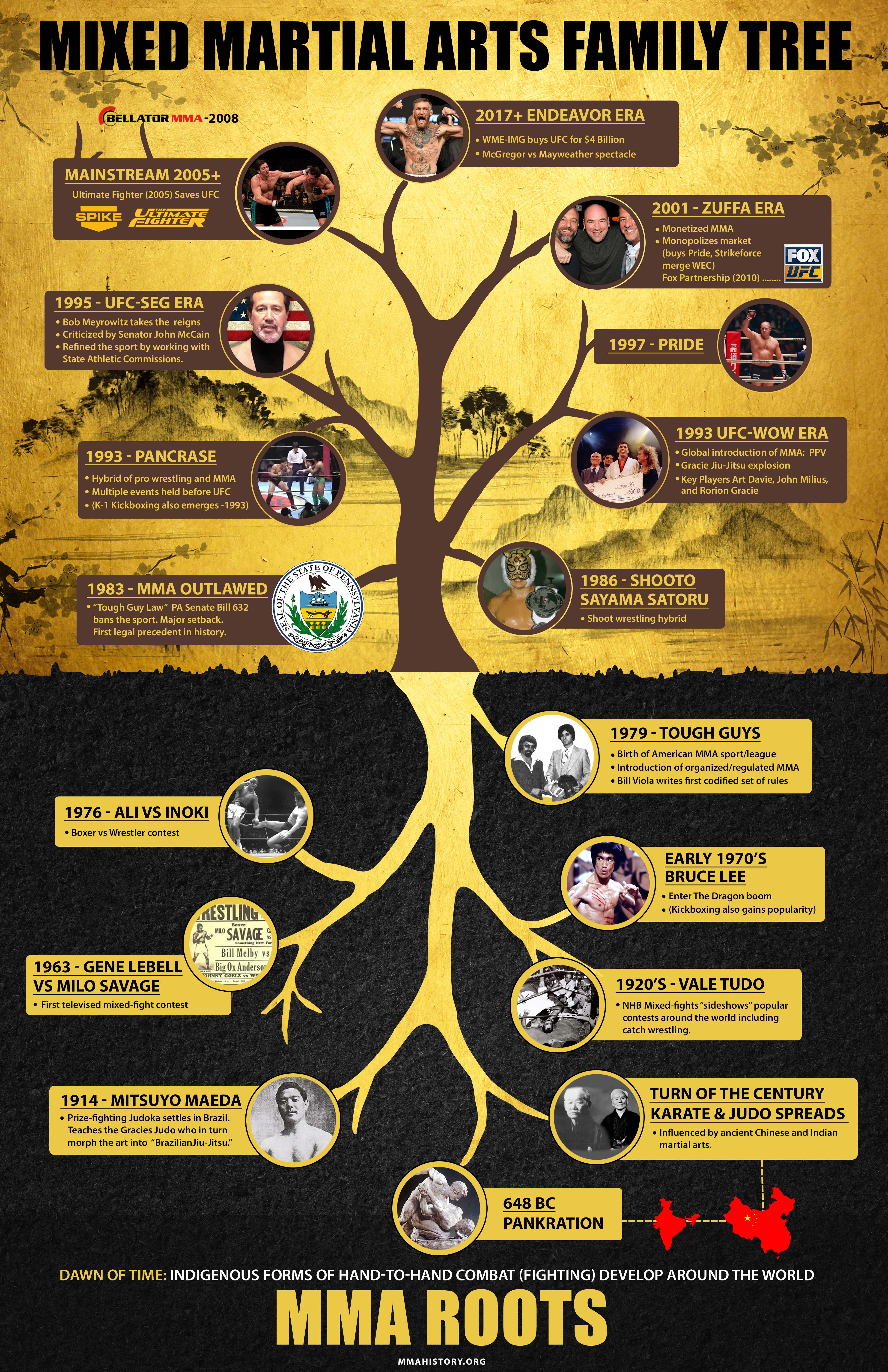The Background And Development Of Martial Arts Around The Globe
The Background And Development Of Martial Arts Around The Globe
Blog Article
Content Author-Hess Workman
Martial arts have a fascinating history that spans centuries and continents. You might locate it appealing exactly how ancient practices like Shuai Jiao and Kalaripayattu laid the groundwork for modern battle techniques. These disciplines not only stress physical abilities yet likewise reflect the societies that birthed them. As you explore their advancement, consider exactly how globalization has actually transformed these standard kinds into hybrid styles. What influences do you believe have shaped today's martial arts landscape?
Ancient Martial arts: The Foundations of Battle
As you delve into the world of old martial arts, you'll uncover the rich foundations that formed battle methods across cultures. Early methods focused on Self-Defense and survival, frequently including strikes, grappling, and weaponry.
In ancient China, for example, methods like Shuai Jiao emphasized tosses and joint locks, while India's Kalaripayattu showcased agility and fluid movement. Japanese samurai established Kenjutsu, a refined swordsmanship that highlighted self-control and strategy.
These martial arts served not just for battle but additionally as a means of individual growth, instilling values like respect and willpower. The blending of these strategies over time laid the groundwork for the varied martial arts you see today, each reflecting the special philosophies and demands of its society.
The Social Impact on Martial Arts Growth
While martial arts commonly mirror the useful demands of a society, they also embody the cultural worths and beliefs of their beginnings. When you check out various martial arts, you'll notice exactly how they're influenced by faith, approach, and social standards.
For example, the focus on regard and discipline in Japanese martial arts comes from Zen Buddhism and samurai society. In contrast, Brazilian Jiu-Jitsu advertises adaptability and method, shaped by the requirement for performance in a diverse, modern atmosphere.
You may discover that the routines, attires, and training techniques reflect a neighborhood's history and identification. By understanding these social impacts, you strengthen your appreciation of martial arts and their function fit human experiences across the globe.
Modern Adaptations and the Globalization of Martial arts
Martial arts have changed significantly in recent decades, adjusting to modern culture and global influences. You'll observe that traditional kinds have combined with contemporary techniques, creating hybrid styles like mixed martial arts. These adaptations deal with diverse audiences, making martial arts accessible and attractive worldwide.
With the surge of social networks and electronic platforms, you can discover tutorials and competitions from all corners of the world, breaking geographical barriers. This globalization has actually caused a common recognition for numerous self-controls, from Brazilian Jiu-Jitsu to Taekwondo.
As click the up coming website involve with these arts, you'll realize they're not nearly battle; they promote fitness, technique, and mental well-being.
Ultimately, modern adjustments have improved the martial arts landscape, making it a vibrant and developing technique.
Conclusion
In exploring the background and development of martial arts, you reveal a fascinating mix of methods, societies, and approaches. From ancient self-controls like Shuai Jiao and Kalaripayattu to the modern adaptability seen in mixed martial arts, martial arts show mankind's pursuit for Self-Defense and individual growth. As you involve with these techniques, you not just acquire abilities but also a much deeper admiration for the diverse customs that shape our world today. So, proceed your trip and accept the art of fight!
